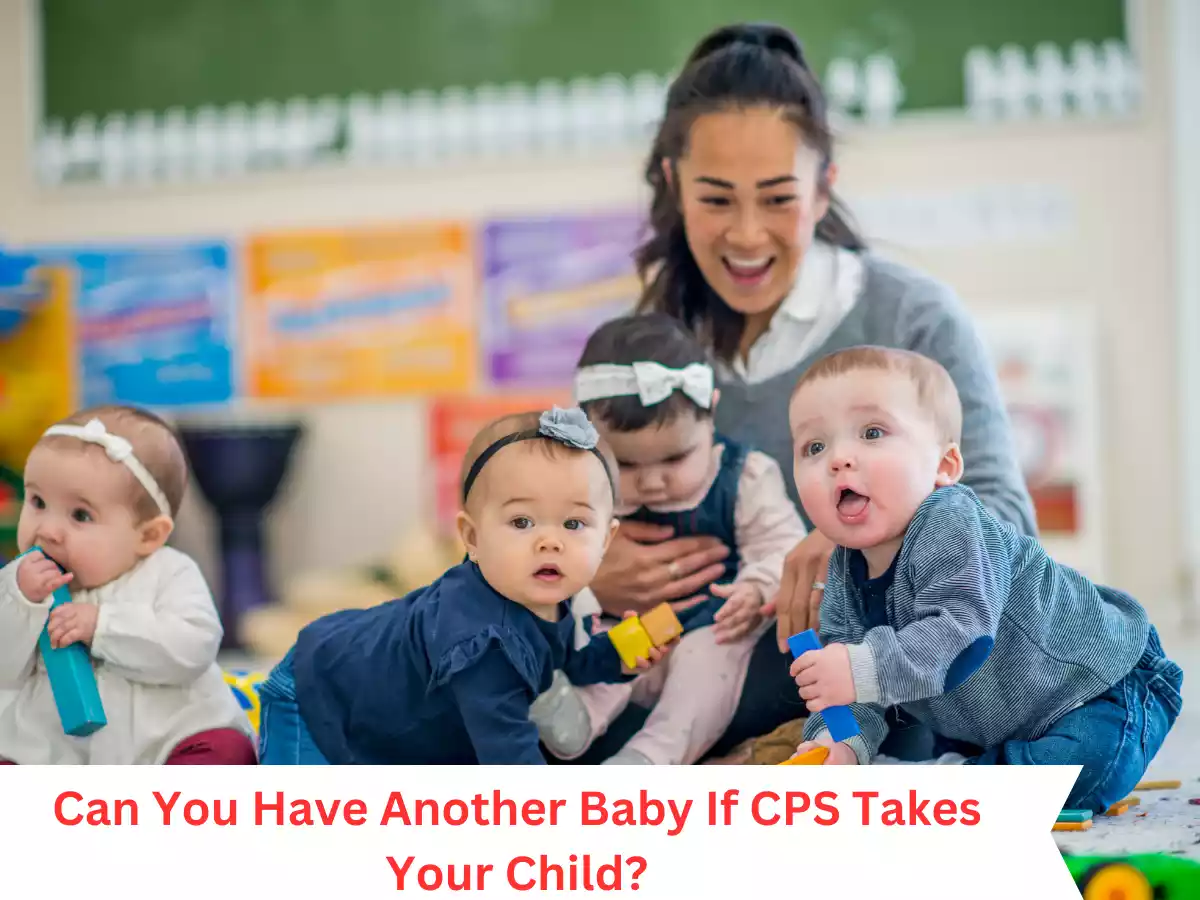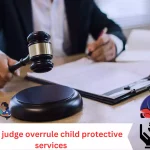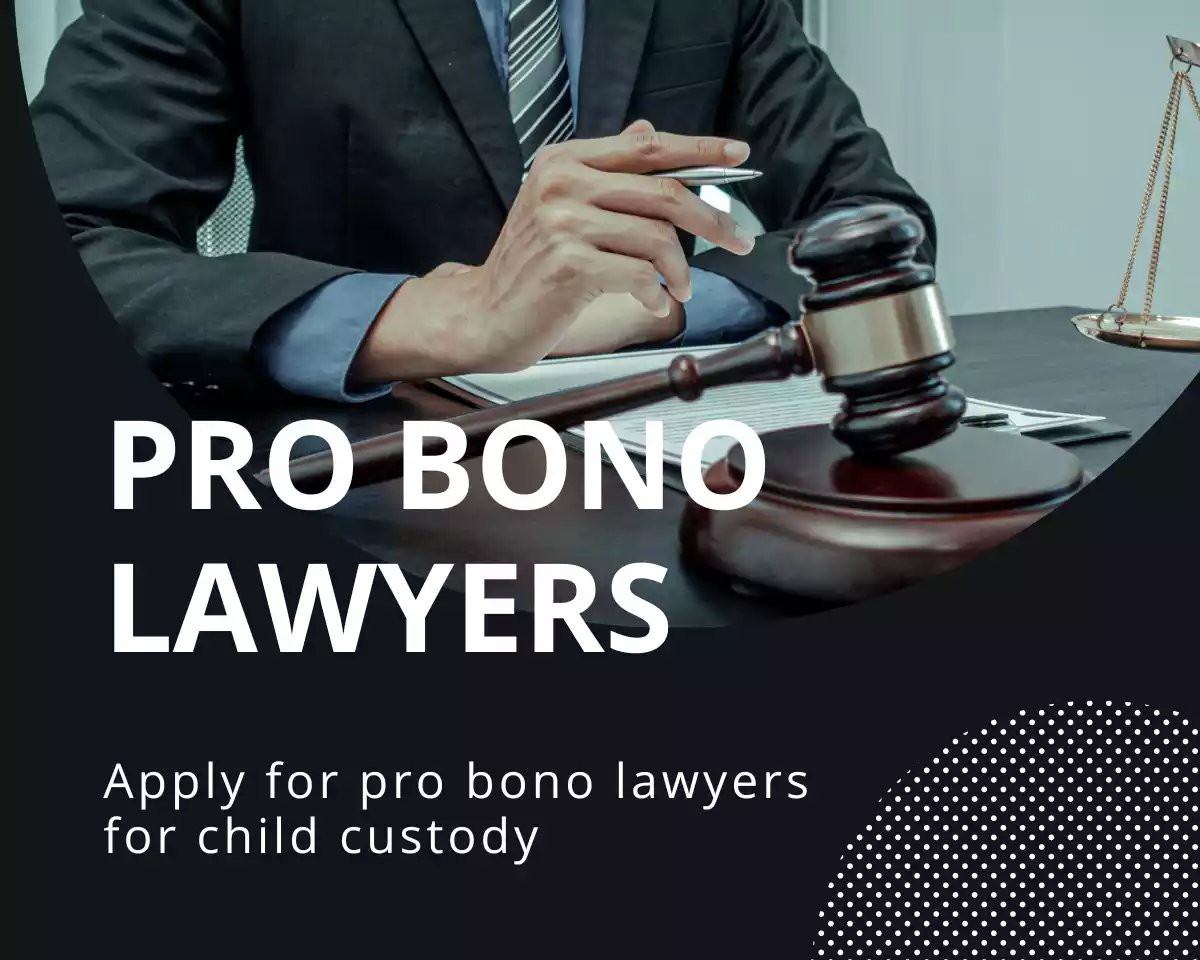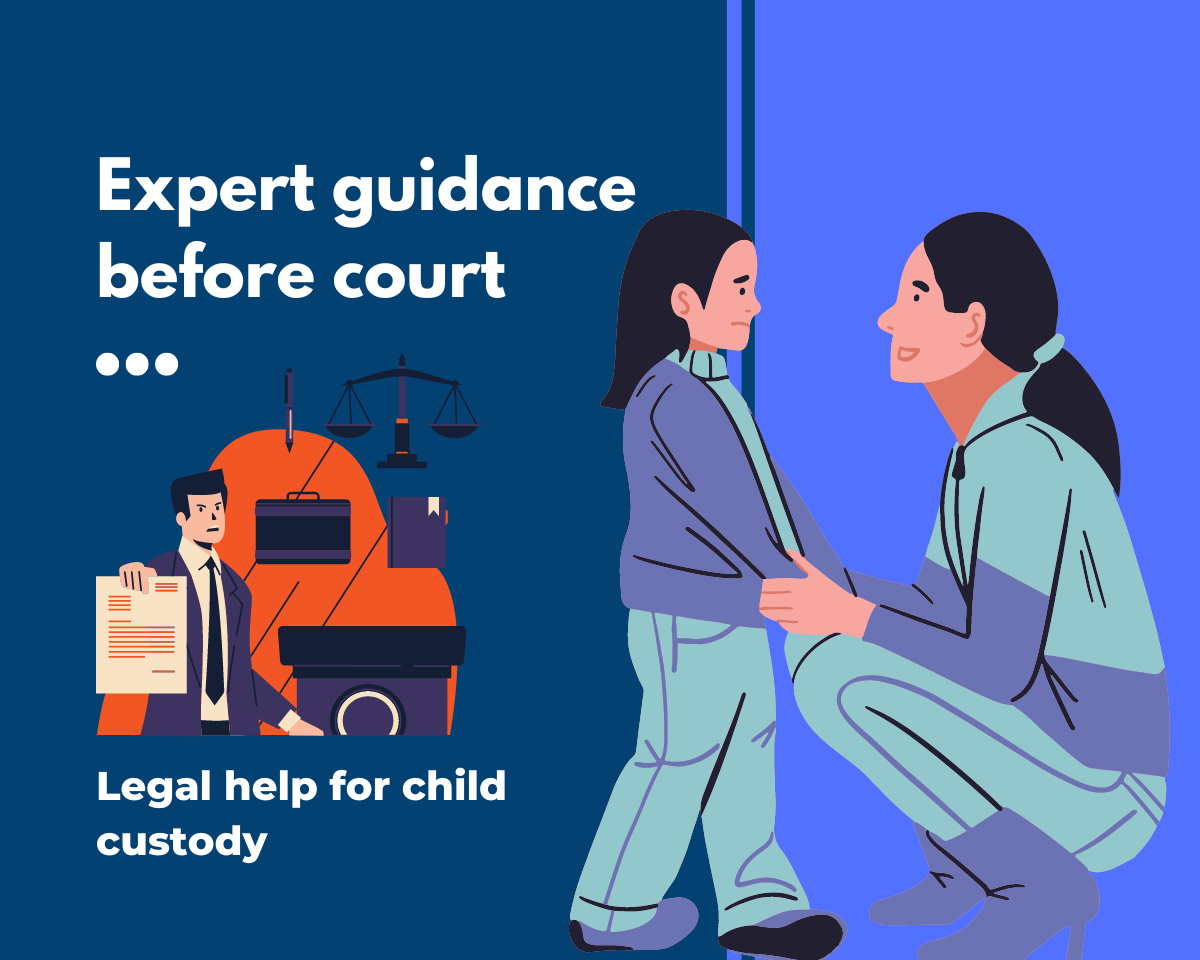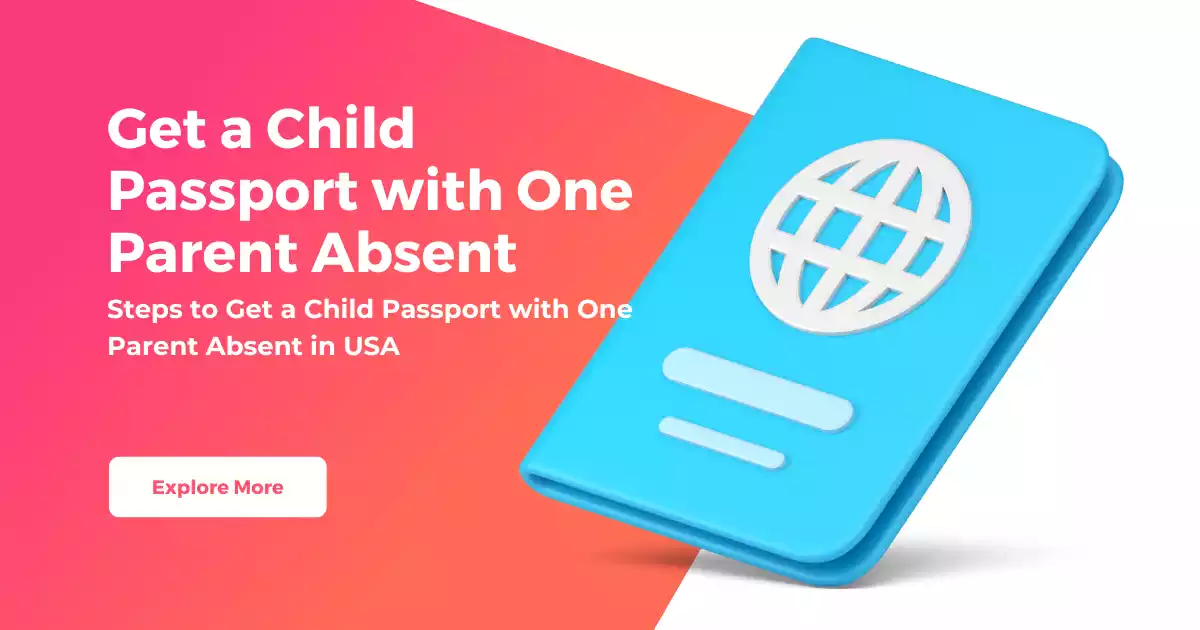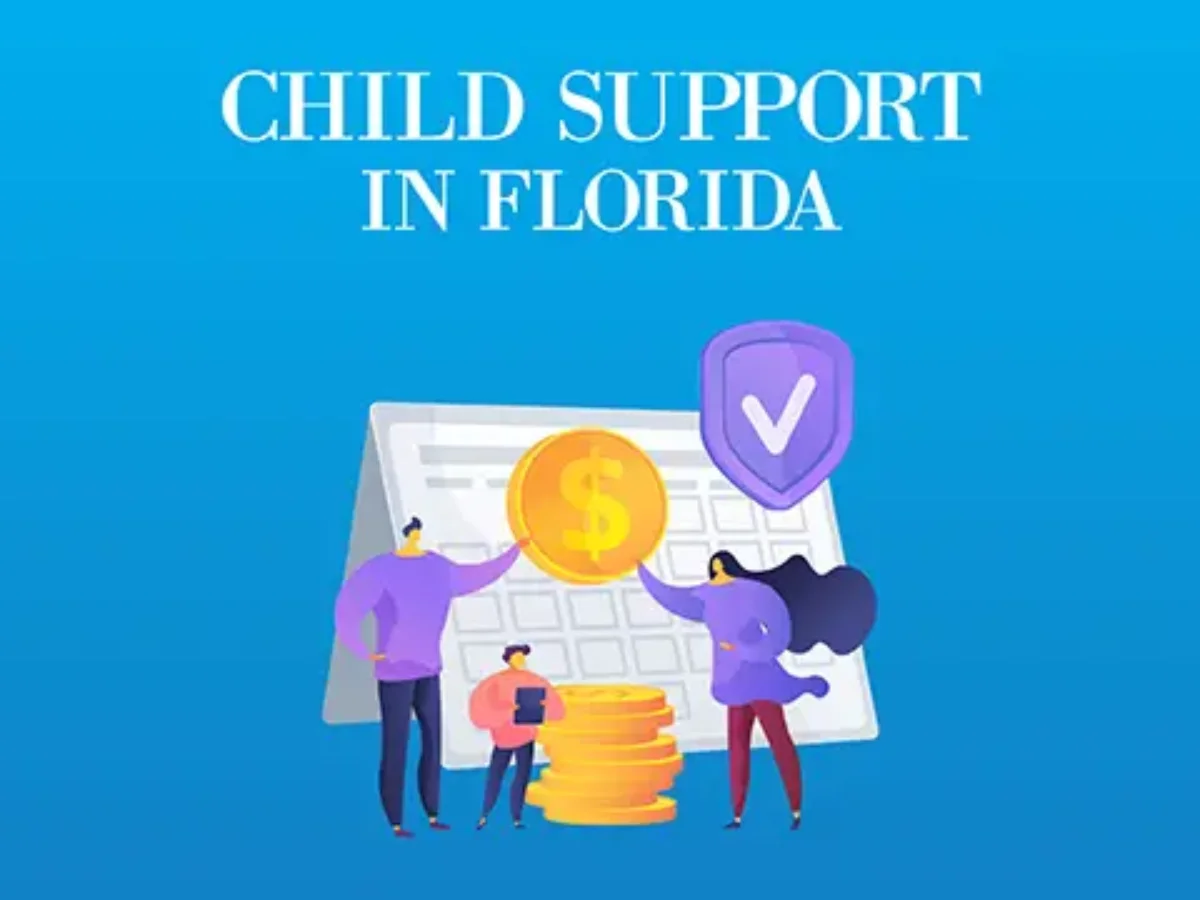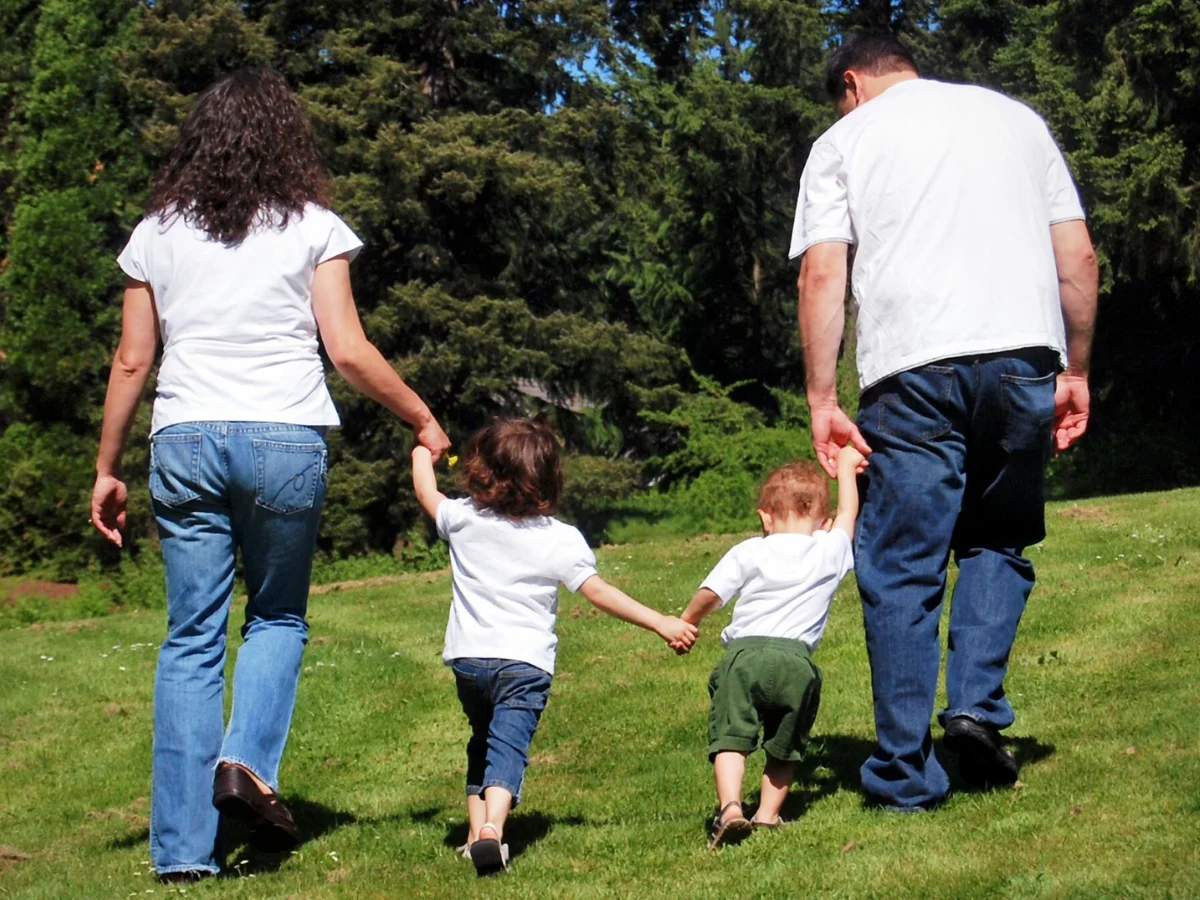Introduction: if cps takes your child can you have another baby
Child Protective Services (CPS) plays a critical role in ensuring the safety and well-being of children. In cases where CPS has intervened and removed a child from their home, a common question arises: Can you have another baby if CPS takes your child? In this article, we’ll delve into the complexities of parenting after CPS involvement, the factors that come into play, and the considerations for individuals who wish to expand their families.
Understanding CPS Involvement
The Role of Child Protective Services
CPS is tasked with safeguarding children from abuse, neglect, and unsafe living conditions.
Reasons for Child Removal
Child removal typically occurs when a child is at risk of immediate harm or when their safety is compromised.
Parenting After CPS Involvement
Reunification and Rehabilitation
CPS focuses on family reunification and provides parents with the opportunity to address concerns and work towards creating a safe home environment.
Addressing Issues
Parents are required to address the concerns that led to CPS involvement, such as attending parenting classes or therapy.
Factors Influencing Future Parenthood
Case Resolution
A parent’s ability to regain custody of their child plays a significant role in their eligibility to have another child.
Follow-Up and Monitoring
CPS may conduct follow-up visits to ensure the safety and well-being of the child who was previously removed.
Legal Considerations
Termination of Parental Rights
In cases where parental rights are terminated, having another child may be more complicated legally.
Court Orders and Requirements
Parents may be subject to court orders or requirements that impact their ability to expand their family.
Seeking Professional Guidance
Legal Advice
Parents considering having another child after CPS involvement should seek legal advice to understand their rights and responsibilities.
Counseling and Support
Emotional and mental well-being are important considerations. Counseling and support can help parents navigate these challenges.
Demonstrating Change and Growth
Proof of Rehabilitation
Parents must demonstrate genuine change, growth, and a safe environment for their children.
Parenting Plan and Stability
A stable parenting plan and a supportive environment are essential for both the current and future children.
Conclusion
The decision to have another child after CPS involvement is complex and requires careful consideration. While CPS aims for family reunification and rehabilitation, parents must address the concerns that led to intervention. Legal, emotional, and practical factors play roles in this decision. Seeking professional advice, focusing on personal growth, and ensuring a safe and nurturing environment are crucial steps for individuals who wish to expand their families in the aftermath of CPS involvement.
FAQs About Parenthood After CPS Involvement
- Can you have another baby if CPS takes your child?
The ability to have another child after CPS involvement depends on various factors, including case resolution and parental rights. - What steps should parents take if they want to expand their family after CPS involvement?
Parents should address the concerns that led to CPS involvement, seek legal advice, and focus on personal growth and stability. - Do parents need to prove rehabilitation to have another child after CPS involvement?
Yes, parents must demonstrate that they have addressed the issues that led to CPS involvement and have created a safe environment. - Can CPS prevent parents from having another child?
CPS does not typically prevent parents from having another child, but legal and case-specific factors may influence this decision. - Is counseling and emotional support important for parents considering expanding their family after CPS involvement?
Yes, counseling and emotional support can help parents navigate the challenges and emotional aspects of the decision.

